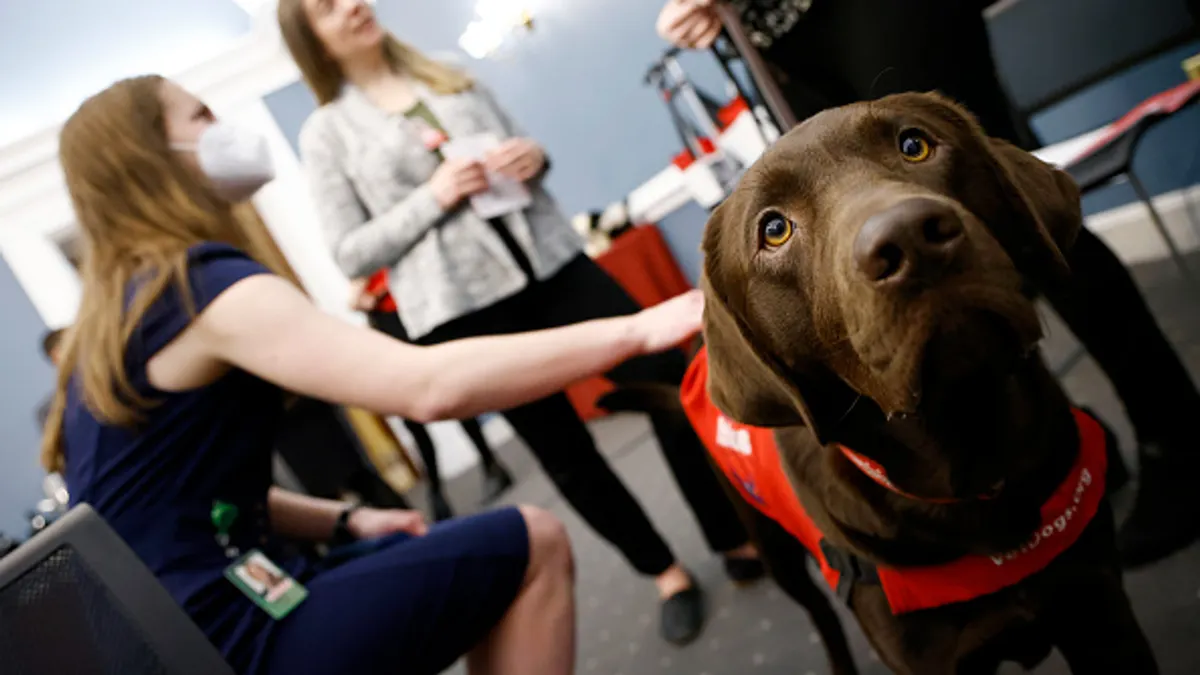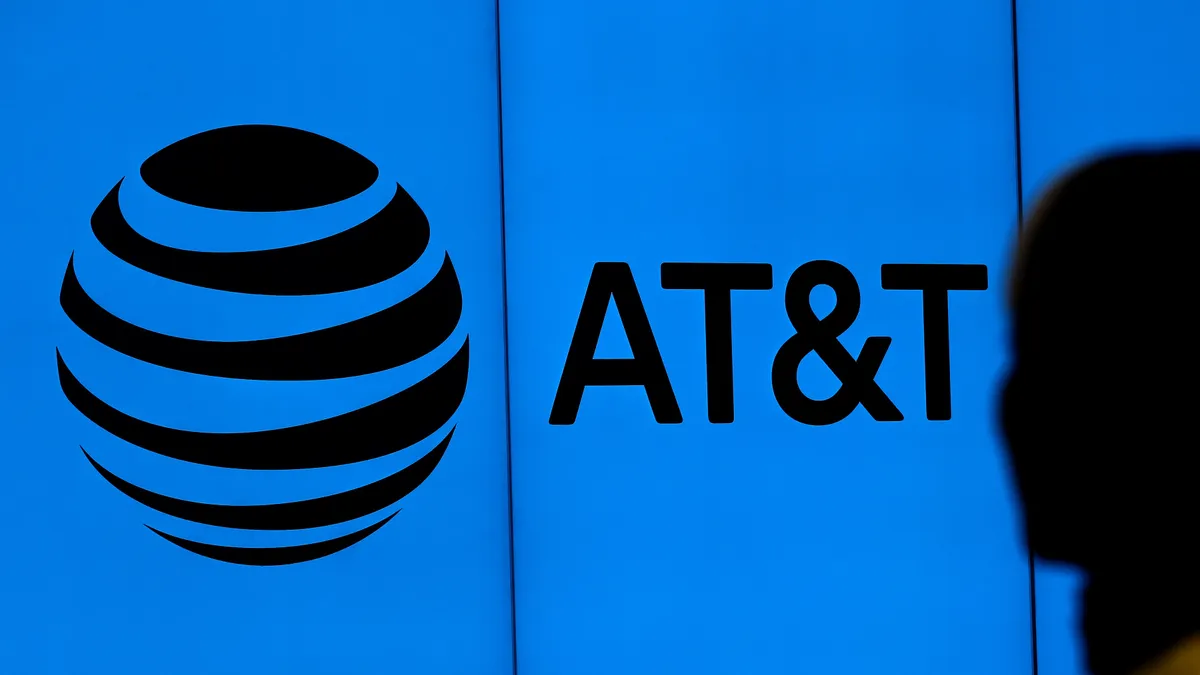In the push to remote work, CIOs oversee technology that makes work accessible to all employees, regardless of location, role or disability status.
As organizations prepare their long-term remote work strategies, conference calls and webinars held on Zoom will now include live video captioning, Otter.ai announced Thursday. It's a move that signals a broader necessity for workplace accessibility as more of life plays out in the digital realm.
The general availability of the feature, a service available through Otter.ai, follows the April launch of Otter Live Notes, a live and interactive transcription feature available on Zoom.
Live captioning capabilities were previously embedded in Zoom's competitors, Google Meet, Cisco WebEx and Microsoft Teams, making the availability of captions a standard feature for teleconference solutions.
"In retrospect, it's a little surprising that Zoom hadn't built in open captions in a way that others had," said John Robinson, managing partner, CEO and founder of Our Ability. "It's good that they're doing it, I do want to applaud them for doing it. It's taken too long to come to the table, but I understand the pressures on a business."
With virtual meetings set to continue in the months ahead, making meetings accessible becomes a priority for organizations that aim for inclusivity. Though live captioning capabilities are part of the package, CIOs are tasked with enabling the tech tools that can power a wrap-around accessibility framework as their role continues to intertwine with core operations.
"An organization like Zoom, and any of us that are creating technology, need to consider universal design and accessibility, first and foremost," said Robinson.
An awaited update
From business to classes and social gatherings, communications tools like Zoom became an enabler as people and organizations came to grips with stay-at-home orders.
The vendor came under scrutiny over privacy concerns, spurring the launch of end-to-end encryption capabilities for all user tiers. Similarly, captioning capabilities had already been available in beta mode for some time.
The beta live captioning function has been in use at the Deaf-Hearing Communication Centre for the past seven months, according to Executive Director Neil McDevitt.
"These types of solutions are great for many of the changed aspects of the COVID-19 workplace," said McDevitt, in an email. "Where before, a last-minute meeting may be the bane of a deaf colleague who may have to scramble to find a way to participate meaningfully in-person, this may help especially in a remote environment."
But though automated captioning can improve accessibility, it's not a perfect fix for remote meetings.
"When I need to have a meeting with external partners, the auto-captions usually give me enough information to figure out what's being said," said McDevitt. "Unfortunately, when it goes wrong, it really goes wrong and it really disrupts the flow of the meeting."
Wrap-around strategy
Accessibility is a companywide responsibility — for professionals working on public-facing digital products and for business leaders who want to accommodate all employees in their workplace experience.
Failure to comply can mean not just excluding a portion of the workforce but also facing legal challenges. Domino's Pizza was one of thousands of companies that dealt with lawsuits over the website accessibility, when a blind man sued the pizza chain over website functionality.
Though Domino's Pizza initially appealed, the Supreme Court allowed the lawsuit to proceed.
Now, with vast swaths of knowledge workers expecting to continue operating remotely working remotely for months or years ahead, organizations must contend with the work methods they're providing to their employees, and how they can accommodate them from home.
"Accessibility isn't just providing a monitor, or using an auto-captioning service," McDevitt said. "Accessibility really is a wrap-around service that enables the employee to provide the best service possible for their employer."
Employers are required to provide reasonable accommodations to employees under the Americans with Disabilities Act. The remote work experience has highlighted technology's role as an equalizer for people with disabilities, according to Robinson.
Among technology providers hoping to compete with providers such as Microsoft in the accessibility space, "it would be in their best interest to be thinking about accessibility," Robinson said
In this new framework of operations, managers should leverage collaboration tools to improve employee engagement and assess how they can help improve employees' home work environment.
"It's also really important to involve the employee at every stage," McDevitt said. "Simply saying, 'we have auto-captioning in Zoom!' without involving the deaf employee in the conversation is simply checking a box that probably shouldn't be checked off in the first place.
Clarification: This story has been updated to reflect the live transcription service is an Otter.ai integration with Zoom.






















